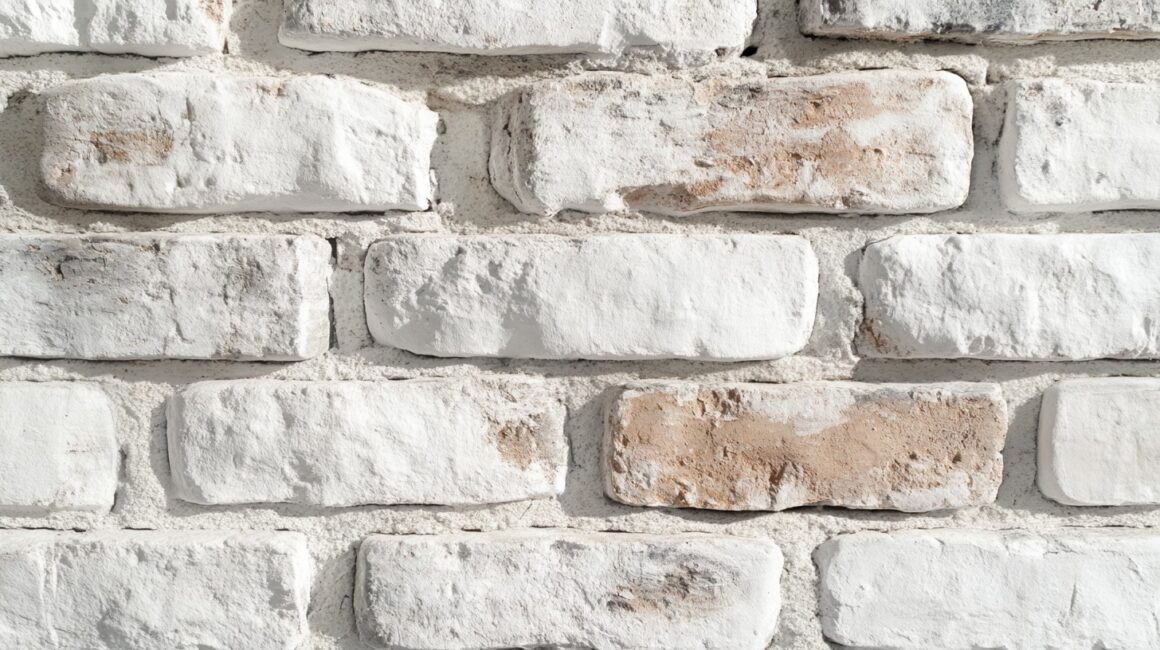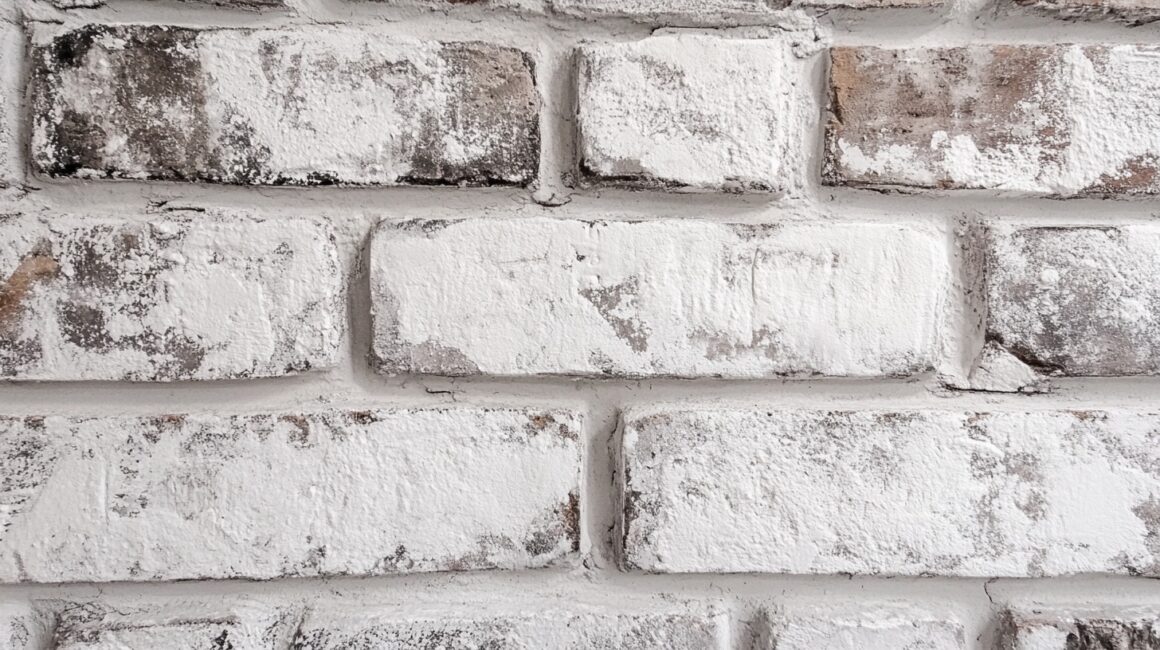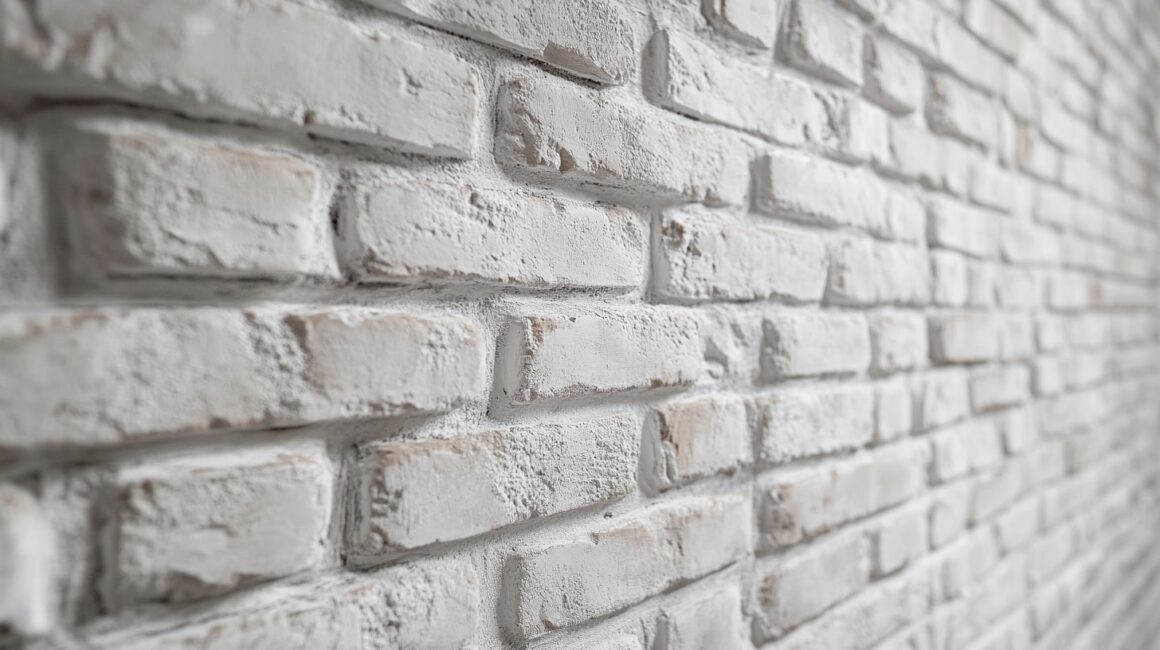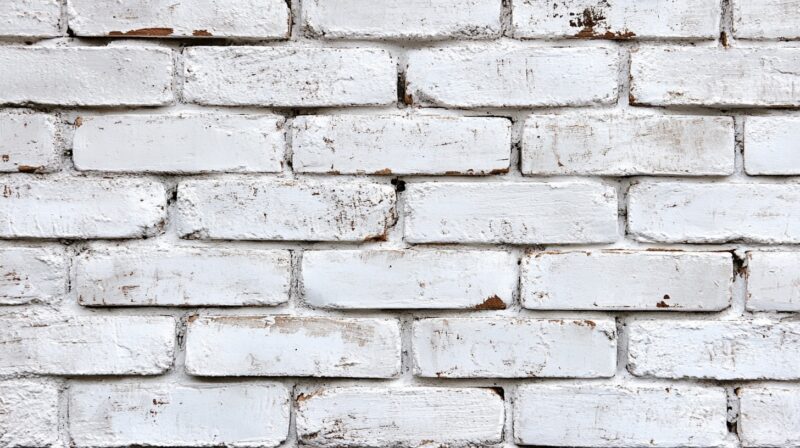I don’t know about you, but whenever someone mentions “whitewashing brick,” my brain immediately goes to images of people slapping on a thick layer of paint and completely obliterating the charm of the original brick.
Well, guess what? You can whitewash your brick without ever touching a can of paint. Let’s talk about how to keep the beauty of your brick intact while giving it that soft, aged whitewashed look you’ve been dreaming of.
What Are We Actually Talking About?
So, what exactly is whitewashing? It’s not about smothering the life out of your brick walls with paint. Instead, it’s about lightly coating the surface to let the natural texture and color of the brick still shine through.
Think of it as a gentle nudge toward a brighter, cleaner look rather than a total brick obliteration.
But Wait, There’s No Paint Involved?

Yep, that’s right! You don’t need traditional paint to get this look. There are several non-paint methods that get the job done while keeping the eco-warrior in you happy and your brick breathing easy.
The best part? These methods are easier to undo than paint, so you’re not making a lifelong commitment to one look.
If you’re looking for even more ways to achieve that timeless whitewashed look while preserving the original texture of your brick, Real Thin Brick offers some fantastic brick products that can be used with non-paint methods like limewash or milk paint.
Now, let’s get into the good stuff: Limewash, Milk Paint, and other DIY alternatives that don’t involve any brushes full of chemicals.
- Benefit: Whitewashing reduces the chance of pests showing up in your home!
Limewash
Limewash—an ancient technique that’s been around since before we figured out how to build IKEA furniture. It’s made from powdered limestone and water.
Simple, right? But don’t be fooled by its basic nature. It’s highly effective and gives that soft, chalky finish that looks like it’s been there for centuries.
How Do You Use Limewash?

It’s almost too easy:
- Prep the Brick: Clean the brick with a stiff brush or power washer. If you’ve got years of grime or soot on there, you’ll need it gone before applying the limewash.
- Mix the Limewash: It’s like cooking without the recipes you see on TV. You take powdered lime and mix it with water. How thick or thin you want it is up to you—thinner mix for a subtle, semi-transparent look, and thicker for more coverage.
- Apply It: Grab a large masonry brush (yes, one of those big, dramatic ones) and start swiping. You can add layers until you’ve reached your desired level of “oh, that looks vintage without being fake.”
- Watch It Age: Limewash ages like a fine wine. Over time, it weathers and gives you that authentic, lived-in look. And hey, if you’re impatient, mist it with water for that “weathered by the gods” look right away.
Plus, if you ever get sick of it? Wash it off with a little soap and water. Try doing that with paint!
Pros of Limewash
- Breathable: It allows your brick to breathe. No suffocating trapped moisture here.
- Eco-Friendly: No chemicals, no synthetic nasties.
- Easily Removable: Change your mind in a few years? No problem. Limewash can be removed.
Cons? If You’re Picky
- Needs Reapplication: If used outdoors, you’ll probably need to reapply every few years. But if that sounds like too much maintenance, maybe go for regular paint and resign yourself to boring brick.
Milk Paint – Natural, Non-Toxic, and Perfect for Brick

Milk paint? Sounds like something out of a pioneer’s diary, right? It’s not just for your grandma’s wooden rocking chair; it works for brick, too. Milk paint is made from milk protein (casein), lime, and natural pigments. So, you’re basically slapping on a little dairy.
How to Get Started with Milk Paint
- Clean the Brick: Just like with limewash, your brick has to be clean. Get out the brush, the elbow grease, or a power washer.
- Mix the Paint: Milk paint usually comes as a powder, so you need to add water. Want a more translucent look? Add more water. It’s like customizing your own yogurt consistency, but less delicious.
- Application: Use a big brush to push that paint into all the brick’s nooks and crannies. It’s thicker than limewash, so it requires a little more effort.
- Distress It: Once it’s dry, you can sand it down to let more of the brick show through for that distressed, Pinterest-worthy aesthetic.
Why Use Milk Paint?
- Eco-Friendly: No VOCs (volatile organic compounds) and it’s biodegradable. You won’t kill the planet while giving your walls a facelift.
- Rustic Vibes: It gives that lovely matte, textured finish you’d expect in an old barn—but, like, in your living room.
The Downsides?
- Not as Breathable: Milk paint isn’t as breathable as limewash, so if your brick is prone to moisture issues, you might want to think twice.
DIY Non-Paint Whitewashing Options

If you’re not quite sold on limewash or milk paint, I’ve got a few more tricks up my sleeve.
You can create some interesting whitewashed looks using stuff you probably have lying around. No fancy trips to the hardware store required!
1. Hydrated Lime and Salt Solution
- Mix: Hydrated lime, salt, and water until you get a slurry.
- Apply: Brush it on and let it dry.
This method gives you an authentic, farmhouse look. You know, the kind that makes you want to buy some chickens and start a garden, but like, without actually having to do any of that.
2. Diluted Lime and Sand Mixture
- Mix: Add fine sand to your limewash for an extra gritty texture. This works great if you’re whitewashing exterior brick and want something durable with that “I own a castle” vibe.
Why You Should Ditch the Paint for These Alternatives

Environmentally Friendly
Let’s be real. Traditional paint is full of chemicals that are not only bad for the environment but also for your indoor air quality.
Limewash, milk paint, and those DIY concoctions are natural, biodegradable, and don’t stink up the place with chemicals. So, your walls will look fresh, and you’ll still be able to breathe easy.
Breathable and Durable
Brick needs to breathe. Blocking it with a thick layer of paint is like putting a plastic bag over your brick’s head and saying, “Good luck.” Limewash and other non-paint methods allow moisture to escape, which means less damage and fewer headaches down the road. Plus, they age beautifully.
Flexibility Is Key
Change your mind as often as you change your throw pillows? You’re in luck. Non-paint methods like limewash are easy to modify or remove.
Paint, on the other hand? Good luck scraping that off without turning your weekend into a DIY nightmare.
Final Thoughts
So, can you whitewash brick without paint? Absolutely, yes! Not only is it possible, but it’s also a smarter, more sustainable way to add some rustic charm to your space without destroying the beauty of the original brick.
Limewash, milk paint, or even your own DIY concoction—they all offer something paint just can’t. So put down the roller and the synthetic garbage and embrace a method that lets your brick shine through, all while looking like a design pro.


